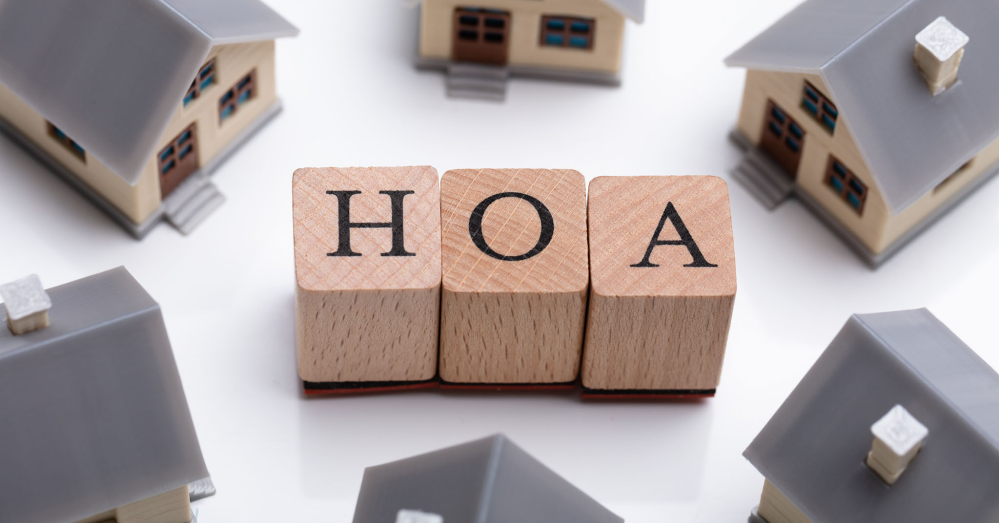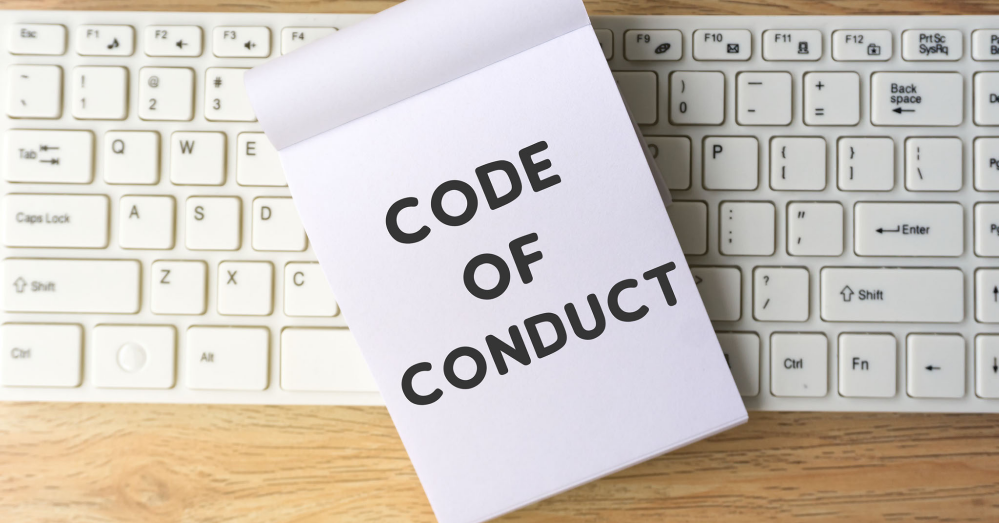
How to Be an Effective Association Board Member
Joining a Community Association is a great way to create a sense of community and shared responsibility. Living in a community association also requires adherence

Joining a Community Association is a great way to create a sense of community and shared responsibility. Living in a community association also requires adherence

Welcome to the Homeowners Association (HOA)! You have just taken an important step in becoming a part of a community that is dedicated to maintaining

Homeowners Associations (HOAs) are an essential part of many residential communities across the nation. They play a crucial role in maintaining the community’s standards, enforcing

Homeowners Associations, or community associations, are an essential part of modern homeownership. Created to ensure homeowners maintain the value and aesthetics of the community, this

As homeowner association (HOA) board members, you are always looking for ways to improve the security and convenience of your community. One area that has




Please note that maintenance action will be taken in accordance with direction provided by the Association’s Board of Directors.


Have a management question? We'd love to help! Fill out the form below and we'll get to back to you as soon as we can.


Please note that a fee may be charged to your account for pool and gate keys in accordance with Goodwin & Company’s association management contract.